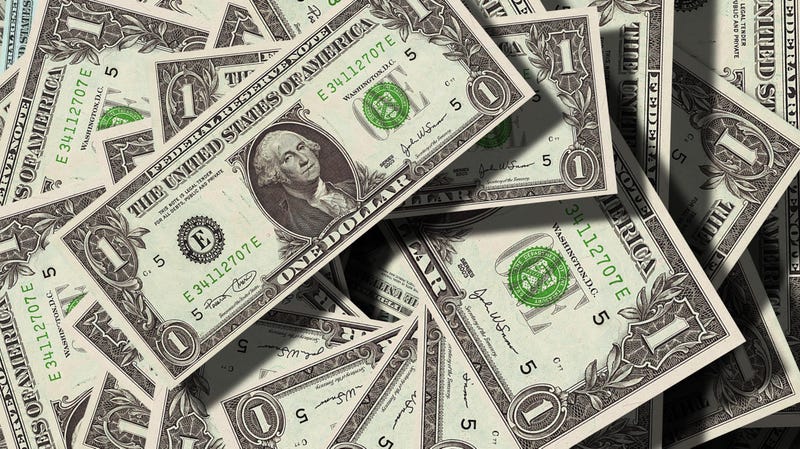Economics Chapter 11: Successes and Difficulties in the Market Economy

Terms to Know:
Section 1: Achievements of the Market Economy
6 Causes to Modern Economic Prosperity
- Competition
- Hard Work
- Entrepreneurship
- Saving
- Limited Governmental Control
- Technology
Section 2: Business Cycles
- A business cycle is the recurrent fluctuations in the level of economic activity.
- An expansion (boom) is when industries increase the number of goods they produce.
- Gross Domestic Product (GDP) is the value of all finished goods and service produced within a country during a year's time.
- Gross National Product (GNP) refers to the value of all finished goods and services produced by citizens during a year's time.
- The peak is the highest point of the business cycle, where activity is at its highest.
- A recession is a period of economic decline.
- The trough is the lowest point in the business cycle.
- Leading indicators are components of the economy that normally change before the rest of the economy.
Section 3: Inflation
- Demand-pull inflation is caused when the demand becomes greater than the supply, resulting in changes.
- Cost-push inflation is triggered when businesses face rising production costs, forcing them to increase the price they charge for their goods.
- The Consumer Price Index (CPI) is based on the average price consumers have to purchase a specific "market basket" to pay to purchase a specific "market based" of goods and services.
- Stagflation is the economic condition in which high inflation is combined with high unemployment, resulting in stagnation of productivity.
- Supply-side economics is the theory that the reduction of taxes makes more money available for private investment in capital and research, thereby increasing productivity.
